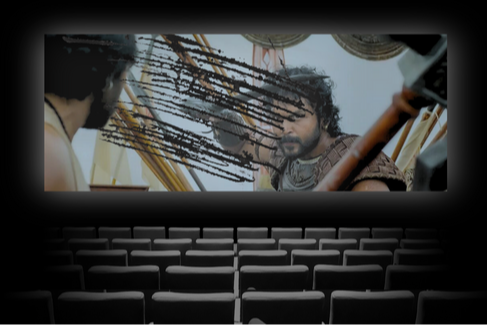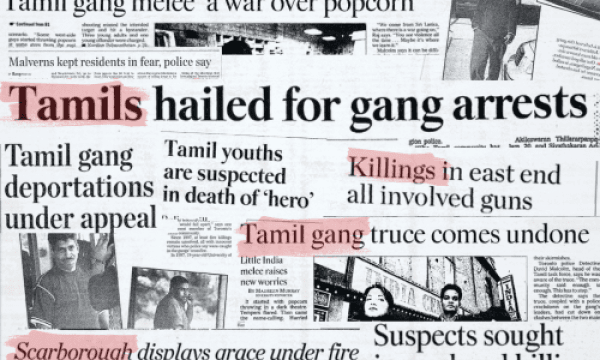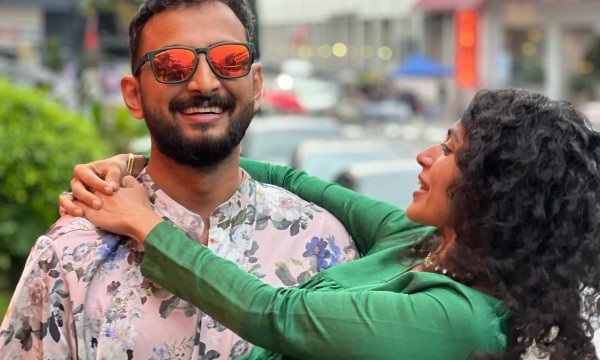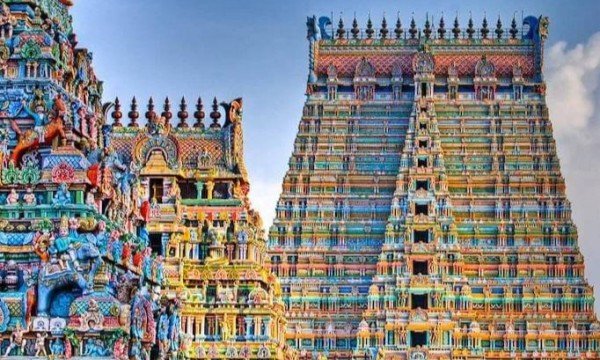
myTamilDate Success: Abi & John Bonded Over Faith & Their Tamil-German-British Connection

The recent drive-by shootings that have targeted Tamil and South Asian movie screenings in and around Toronto do not help the South Asian community. The Tamil community in Toronto is of course no stranger to negative perceptions. But does this latest issue risk harming the Tamil community and its reputation in the same way as crime stories in the 90s and early 2000s did?
Apparently, the recent shootings at screenings of Malaikottai Vaaliban are a result of certain cinemas trying to monopolise the South Asian movie market in the GTA by keeping screenings limited to their own theatres, forcing anyone wanting to watch these films to go to a few select locations. So far, it unfortunately looks like it has been working, with Cineplex cancelling all screenings of the film. This issue is not new. Screens at some movie theatres were slashed during screenings of Ponniyan Selvan in 2023, while similar vandalism happened in 2016 during the screening of Theri. There is no doubt that these events have negative consequences. For one, our ability to enjoy these movies is affected, something that has already been mentioned in the media. Movies play an important role in a community’s ties to culture; limiting the number of theatres that screen Tamil films will make them less accessible to many.
But another consequence is the negative media discussions that are popping up around this issue. I’ve written in the past about the negative stereotyping and bias that used to follow the Tamil community in the 90s and early 2000s. Is there a risk that this might happen again due to recent events? I would say that there are a few important reasons this is unlikely to happen. Firstly, it is hard to tie the latest incidents of violence to the entire community in the way such incidents were in the past. While gang violence back in the day involved dozens of people from all corners of Toronto, the latest violence targeting theatres looks to be confined to a handful of individuals looking for control of movie screenings. It doesn’t make much sense to tie these events to the larger community when it involves so few and very specific actors.
The second point to consider is media representation. Media narratives and the ways in which news is covered has changed significantly over the years. It used to be very common for crime committed by South Asians to be tied back to the community as a whole. In the early 2000s Toronto, it was common for news reports on crimes committed by Tamils to be followed up with analyses of the number of Tamils living in Toronto, the struggles the community has faced in the past, or condescending discussions of how the Tamil community was working hard to fight back against the violence plaguing it. While there’s still room for improvement, the ways in which the media portrays crime nowadays has improved. Journalists covering this theatre turf war have not (so far) ended off their articles with references to crime in the wider community, or portrayed these events as anything more than a business and money dispute between a few very specific players.
The recent spate of violence targeting Tamil and South Asian movie screenings in Toronto presents a challenge, intertwining issues of community perception, media representation, and access to cultural expressions. While the incidents are concerning, they are secluded and do not signify a return to the negative stereotyping that faced the Tamil community back in the 90s and 2000s, thanks in part to evolution in the way news is covered and understood, and the isolated nature of these events. It is nevertheless an important reminder that there are serious consequences and a loss of access that comes with these events. Let’s hope it ends soon.




























